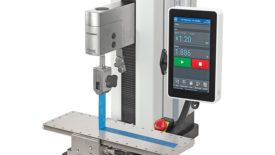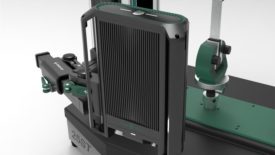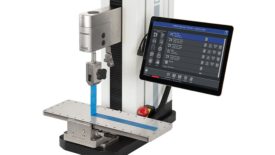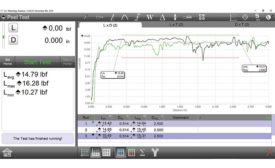Home » materials testing instruments
Articles Tagged with ''materials testing instruments''
Test & Inspection
A trifecta of solutions for catheter testing and innovation
By James Ritchey
Read More
NDT | Materials Analysis
Materials Matter: The Science of Lightweighting in Aerospace
Material analysis is a critical component of successful lightweighting strategies.
September 12, 2024
Test & Inspection
Test Methods in Combination Advance Quality for Metal Additive Manufacturing
Metal additive manufacturing is a transformational technology that brings together advanced design concepts with new materials science.
August 23, 2024
Test & Inspection
Materials Testing: Inside the Vascular Labyrinth
A trifecta of solutions for catheter testing and innovation.
August 22, 2024
Quality 101
Materials Testing: Getting It Right the First Time
Materials testing submits a material or product to a thorough, in-depth "check-up" to ensure overall quality.
January 31, 2024
NDT | Materials Testing
Extensometry in Materials Testing Explained
An extensometer is a device used to measure changes in the length of an object, or sample in the materials testing world.
April 11, 2023
NDT
Quality 101: The Advanced Force Tester
Assuring Material Properties Through Material Testing
February 8, 2022
Sponsored Content
White Paper: Improve Your Stainless-Steel Testing with the Niton Apollo Handheld LIBS Analyzer
January 26, 2021
Handheld XRF, OES, and Portable LIBS Analyzers— Which One Is Best for Your Needs?
Understanding the limitations and differences in each of these techniques is critical when performing material analysis.
June 24, 2020
Analyzing and Reporting Tensile Data on Force Measurement Systems
Using readily available tools such as graphs, tolerances, comments, and test criteria ensures that the required tensile information is on hand when needed.
June 1, 2019
Stay in the know with Quality’s comprehensive coverage of
the manufacturing and metrology industries.
eNewsletter | Website | eMagazine
JOIN TODAY!Copyright ©2024. All Rights Reserved BNP Media.
Design, CMS, Hosting & Web Development :: ePublishing









